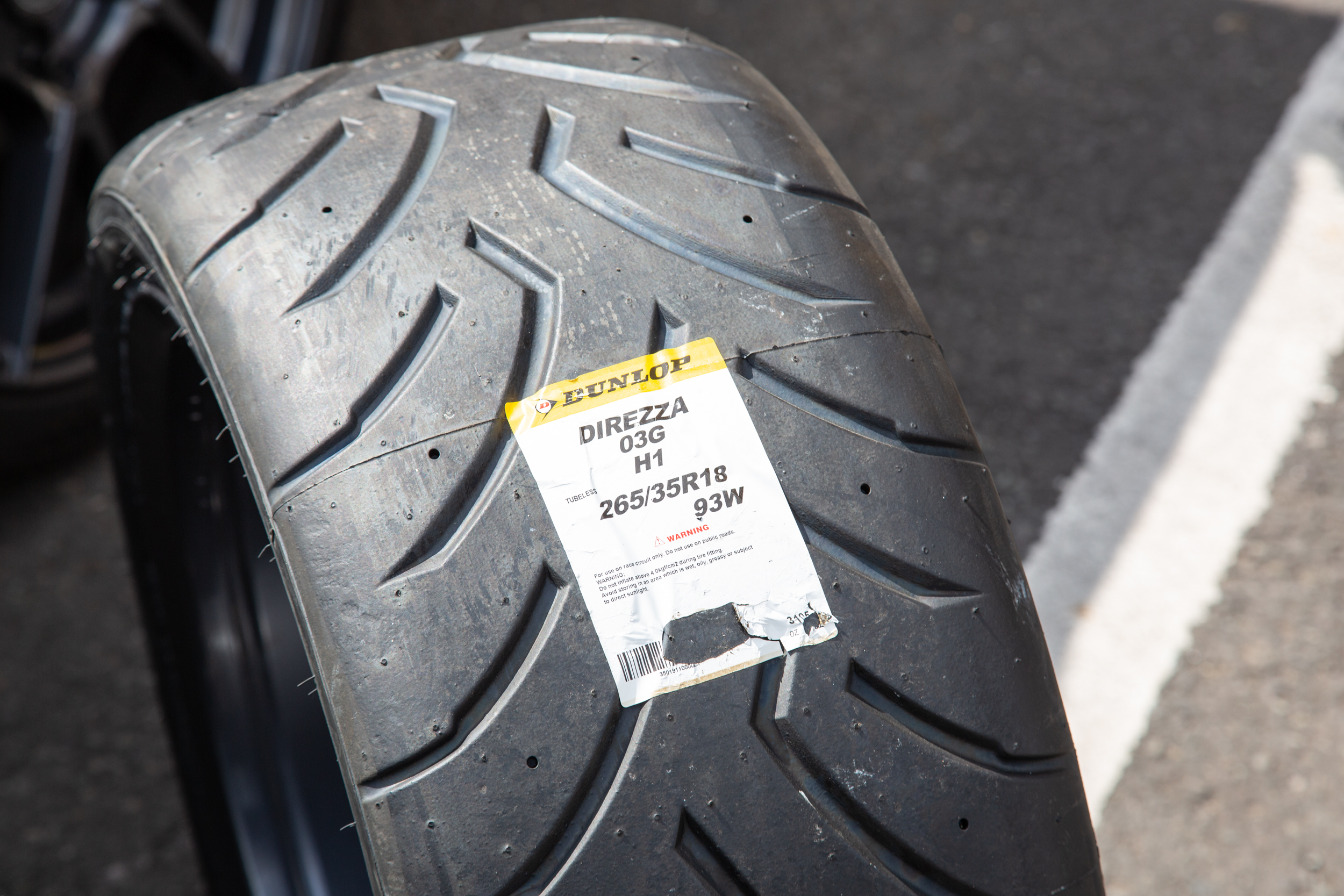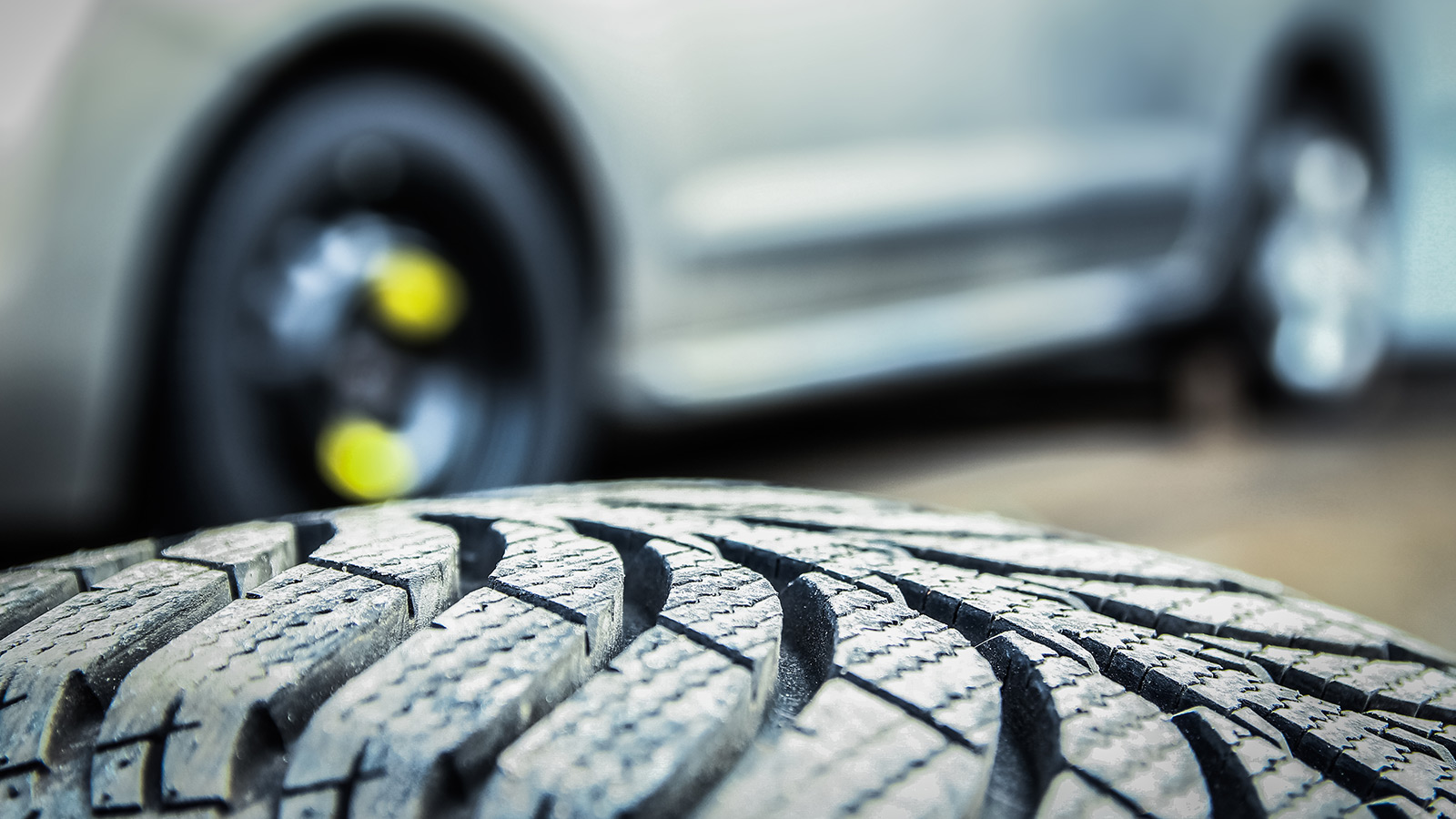All Categories
Featured
Table of Contents
I had the ability to get 100 hours out of among these tires, and while it had definitely no tire lugs left on it, the soft substance made it function really wellas long as I was utilizing a soft mousse. Kitt Stringer picture Easy installing - 3Wear - 3Sidewall strength - 3Performance on origins - 4Performance on damp rocks - 2Traction on dirt - 5Cornering ability - 4Traction while stopping - 4Self-clearing of dust and mud - 3Performance in mud - 3Overall predictability or tracking - 3 _ 37 Conclusion: This is an excellent all-around tire with excellent value for money.

The wear was regular and I such as the length of time it lasted and how constant the feeling was throughout use. This would additionally be a great tire for faster races as the lug dimension and spacing little bit in well on fast surface. Kitt Stringer image Easy installing - 3Wear - 3Sidewall stamina - 3Performance on origins - 4Performance on damp rocks - 4Traction on dirt - 4Cornering capacity - 4Traction while stopping - 5Self-clearing of dust and mud - 4Performance in mud - 4Overall predictability or tracking - 4_42 Final thought: I liked this tire a whole lot.
If I needed to acquire a tire for tough enduro, this would be in my leading selection. Easy installing - 3Wear - 3Sidewall stamina - 3Performance on origins - 4Performance on damp rocks - 3Traction on dust - 4Cornering capacity - 3Traction while stopping - 3Self-clearing of dirt and mud - 4Performance in mud - 4Overall predictability or monitoring - 3 _ 34 Verdict: This tire was really soft and pliable.
All the gummy tires I tested carried out relatively close for the first 10 hours or so, with the champions going to the softer tires that had much better traction on rocks (Tyre offers). Acquiring a gummy tire will certainly offer you a solid advantage over a regular soft compound tire, but you do pay for that benefit with quicker wear
Honest Tyre Care – Swan
Finest worth for the cyclist that wants decent efficiency while getting a fair quantity of life. Ideal hook-up in the dirt. This is a perfect tire for springtime and fall conditions where the dust is soft with some moisture still in it. These tested race tires are terrific throughout, but use rapidly.
My general victor for a difficult enduro tire. If I had to spend cash on a tire for daily training and riding, I would certainly choose this one.
Premium Tyre Selection Near Me – Swan
I've been running a collection of Michelin Power Pilot 2CT's on my track Daytona 675 for the past year. In that time I have actually done 15 track days in all weathers from cold wet to very warm and these tyres have never ever missed a beat. Tyre safety. I've done virtually 2,000 miles (3,200 kilometres) on them and as you can see from this shot of the front taken after first session of my 15th track day on them, they still have fairly a great deal of rubber left on them
Basically the 2CT is an outstanding track day tyre. If you're the sort of cyclist that is likely to experience both damp and dry conditions and is starting on track days as I was in 2015, then I think you'll be difficult pushed to locate a far better value for cash and competent tire than the 2CT; a pair of which will certainly establish you back around 185 (US$ 300) in the UK.
Developing a far better all round road/track tyre than the 2CT must have been a tough task for Michelin. The outcome of that initiative is the Michelin Pilot Power 3 which essentially changes the Pure. Don't perplex this brand-new tire with the road going Pilot Road 3 which is not developed for track usage (although some motorcyclists do).
They inspire massive self-confidence and supply remarkable grip levels in either the damp or the dry. When the Pilot Power 3 launched, Michelin advised it as a 50:50% roadway: track tire. That message has recently transformed since the tyres are currently advised as 85:15% roadway: track usage rather. All the rider reports that I have actually reviewed for the tyre price it as a far better tire than the 2CT in all areas yet especially in the damp.
Affordable Tyre Maintenance – Malaga
Technically there are several differences between both tyres although both utilize a dual compound. Aesthetically you can see that the 2CT has less grooves reduced into the tire but that the grooves run to the edge of the tire. The Pilot Power 3 has more grooves for much better water dispersal but these grooves don't get to the shoulder of the tyre.
One facet of the Pilot Power 3 which is various to the 2CT is the brand-new 2CT+ modern technology which expands the harder middle section under the softer shoulders (on the rear tyre). This ought to offer much more security and reduce any type of "squirm" when speeding up out of edges regardless of the lighter weight and even more adaptable nature of this brand-new tire.

Although I was a little dubious concerning these lower pressures, it ended up that they were great and the tyres executed really well on track, and the rubber looked much better for it at the end of the day. Simply as a point of referral, other (fast team) cyclists running Metzeler Racetecs were making use of tyre stress around 22-24 psi for the back and 24-27 psi on the front.
Generating a much better all rounded road/track tire than the 2CT have to have been a hard task for Michelin. The result of that effort is the Michelin Pilot Power 3 which basically replaces the Pure. Do not perplex this brand-new tyre with the road going Pilot Road 3 which is not designed for track use (although some riders do).
Trusted Car Tyres Near Me
They inspire substantial self-confidence and supply remarkable hold levels in either the wet or the dry. When the Pilot Power 3 introduced, Michelin recommended it as a 50:50% roadway: track tire. That message has recently changed due to the fact that the tyres are currently advised as 85:15% road: track usage rather. All the rider reports that I have actually checked out for the tyre price it as a better tire than the 2CT in all locations but especially in the wet.

Technically there are numerous differences in between both tires despite the fact that both make use of a dual compound. Aesthetically you can see that the 2CT has fewer grooves cut into the tyre yet that the grooves go to the edge of the tire. The Pilot Power 3 has even more grooves for much better water dispersal but these grooves don't reach the shoulder of the tire.
One aspect of the Pilot Power 3 which is different to the 2CT is the new 2CT+ modern technology which extends the harder center section under the softer shoulders (on the back tyre). This ought to provide a lot more stability and minimize any type of "agonize" when accelerating out of edges regardless of the lighter weight and more adaptable nature of this brand-new tyre.
Although I was a little dubious about these reduced pressures, it ended up that they were great and the tires carried out really well on track, and the rubber looked much better for it at the end of the day. Just as a point of referral, other (fast group) bikers running Metzeler Racetecs were utilizing tyre stress around 22-24 psi for the rear and 24-27 psi on the front
Latest Posts
Best Car Tyres ( Bayswater)
Trusted Tyre Balancing – Ballajura WA
Honest Tyre Balancing